Cell Phone Policy: 3 Key Takeaways
- Up to 1.5 hours/day of productivity is lost to personal phone use per employee.
- 55% of workplace interruptions are caused by cell phones — making them the #1 distraction.
- 78% of employers monitor employees, so transparency in phone rules is essential.
Cell phone policy isn’t just a formality — it’s your first line of defense against lost time, rising liability, and digital risk.
With distractions, injuries, and data threats all on the rise, a clear, flexible, and fair phone policy is now a business must-have.
Here’s how to build one that works.
The Basics of Employee Cell Phone Policies
A business needs to understand the basic elements that make up an effective employee cell phone policy.
These elements help shape how people work and how much they get done.
Why your business needs a cell phone policy
Personal phone use costs 56 minutes of productivity daily. Research shows that cell phones are the primary source of workplace disruptions.
Uncontrolled phone use isn’t just unproductive, it also poses safety and liability risks, especially when employees handle vehicles or machinery.
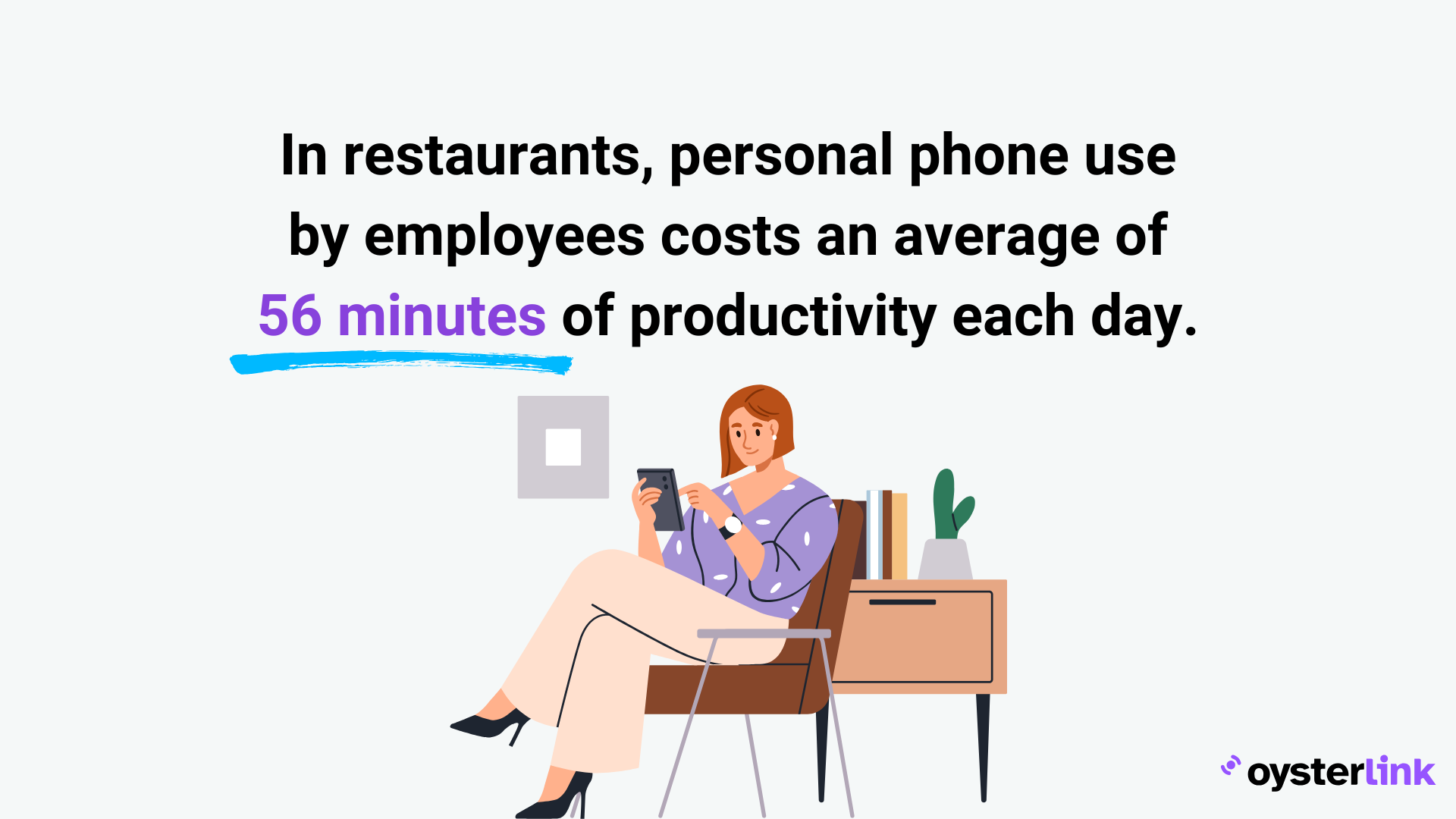
Key objectives for employee cell phone policies
Your cell phone policy template should target these main objectives:
- Set clear guidelines for acceptable phone use
- Protect company's information and prevent security breaches
- Maintain workplace safety standards
- Improve productivity by cutting down on distractions
A well-laid-out policy sets the same expectations for all departments.
Common policy challenges to address
The biggest challenge is balancing access with limits. Many employers struggle here, especially when they expect availability beyond regular hours.
Enforcing rules consistently is also tough. Your policy needs clear, fair penalties that apply to everyone—otherwise, resentment can build.
Source: 99companys.com
Employee Cell Phone Policy Template
Here’s a customizable Employee Cell Phone Policy Template:
Building Your Workplace Cell Phone Policy Framework
A successful employee cell phone policy template starts with input from the core team of managers, HR personnel and IT staff.
Identifying critical policy elements
Your cell phone policy should clearly define what’s acceptable. Make sure to set clear boundaries between personal and work-related use.
Company-issued devices need extra rules, especially for security. Different situations—like dealing with emergencies—require tailored protocols.
And remember, each department or role may need specific guidelines based on their duties.
Structuring policy guidelines
Your guidelines should cover these areas:
- Security protocols and data protection measures
- Acceptable use during breaks and lunch hours
- Emergency communication procedures
- Storage requirements for personal devices
Setting enforcement parameters
Policy violations should line up with your company's progressive discipline procedures. These start with verbal warnings and get stricter as needed.

Policy discussions and violation records need proper documentation. Notwithstanding that, your approach needs flexibility.
Sometimes, strict enforcement might create resentment among employees and could backfire.
Customizing Cell Phone Policy Rules and Exceptions
Your workplace needs a cell phone policy template that works for everyone. The right guidelines will boost productivity and meet all communication needs.
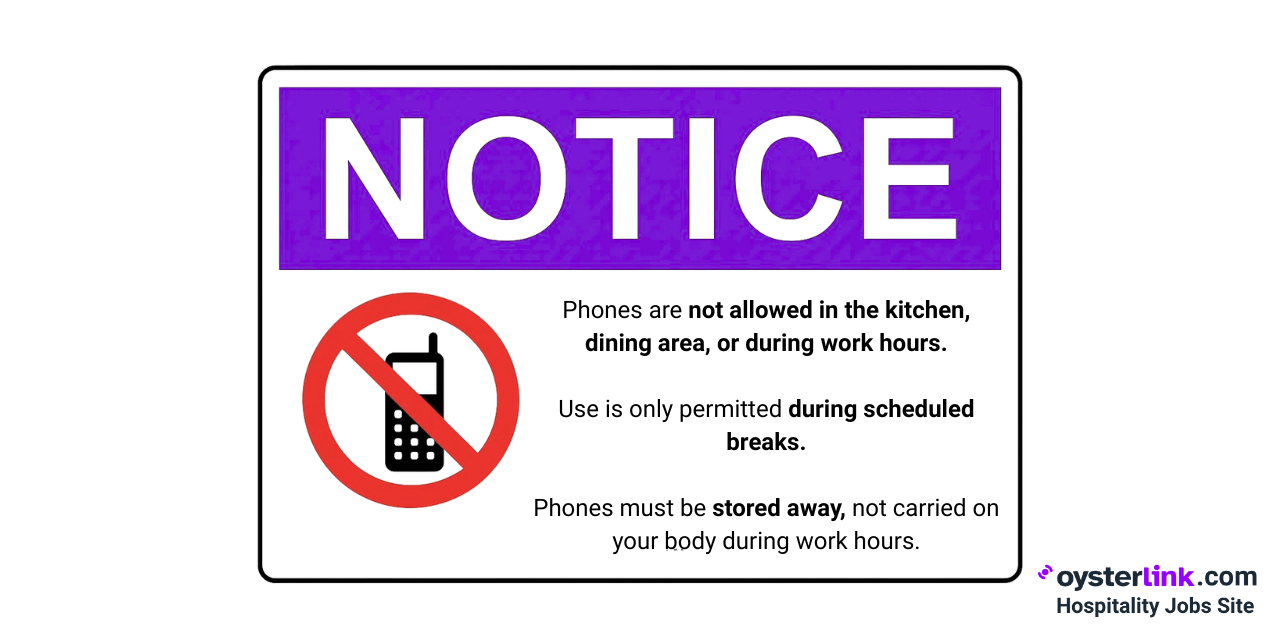
Department-specific guidelines
Different departments need different rules for phone use. You should set up specific guidelines for:
- Customer-facing roles like Service Staff
- Technical positions that need constant system monitoring
- Management roles with vital decision-making duties
- Remote workers who depend on mobile connections
Start by finding job roles that need constant connectivity and shape your policy to fit them.
Then, look at how people communicate in your organization to figure out which positions need more freedom with phone access.
Emergency use protocols
Clear emergency protocols keep your workplace safe. Even with strict no-phone rules, you need reliable ways to communicate during emergencies.
Set up multiple communication channels so everyone at risk gets the message. Write clear rules about phone use during emergencies.
Your policy should list backup communication methods like emergency phone lines or intercom systems.
Even with a strict no-phone policy, emergencies still happen — and in hospitality, slips, falls, and injuries are rising fast.
In 2023/24, over 4,000 employer-reported injuries occurred in the hospitality sector, with slips and falls making up more than a third.
Special circumstance considerations
Your policy should bend when needed. Some staff members might need exceptions to monitor health issues or handle family care duties.
While rules should stay consistent, some situations call for adjustments. Talk to your team to make sure these exceptions match company goals.
Keep records of all approved exceptions and tell everyone about them. This helps avoid confusion and prevents any feelings of favoritism among your staff.
Ensuring Cell Phone Policy Success and Compliance
The success of your employee cell phone policy relies on implementation and maintenance.
You need to create clear communication channels and set up consistent monitoring procedures.
Communication strategies
Start your policy implementation with clear communication to all stakeholders.
Research shows that regular communication and transparency are the foundations of a healthy work environment and protect company assets.
Give your policy in written form and ask employees to acknowledge it in writing. This helps create a clear record of policy distribution.
Monitoring and documentation
Implementing proper monitoring safeguards isn’t just about compliance—it’s about protecting your business and employee trust:
- Set up safeguards and training to prevent unauthorized access to sensitive records.
- Store all documentation securely, with access restricted to authorized personnel only.
- Keep a detailed access log of who views employee records and when.
- Clarify privacy expectations around company-issued devices.
With 96% of companies now using time-tracking software and 78% employing some form of employee monitoring, it’s more important than ever to be transparent.

Cell Phone Policy Implementation: Best Practices
A well-crafted cell phone policy boosts productivity, protects your business, and supports a safer, more focused workplace.
With clear rules, fair enforcement, and room to adapt, you’ll build a lasting framework that works for everyone.
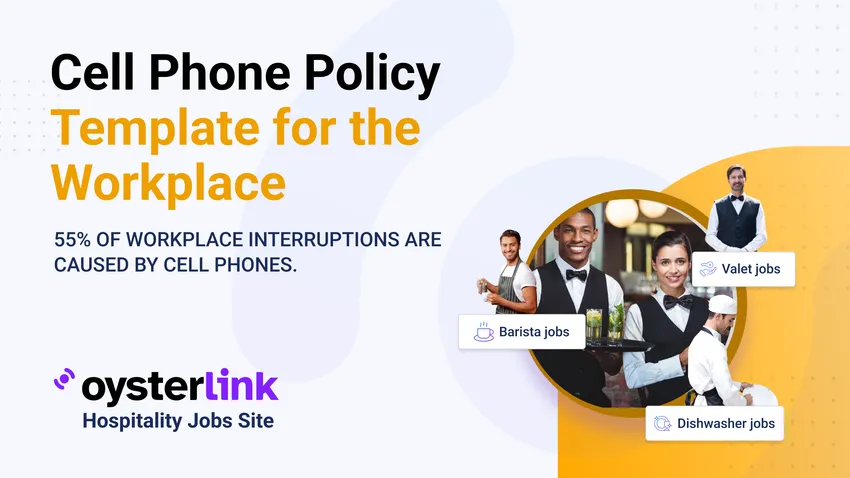

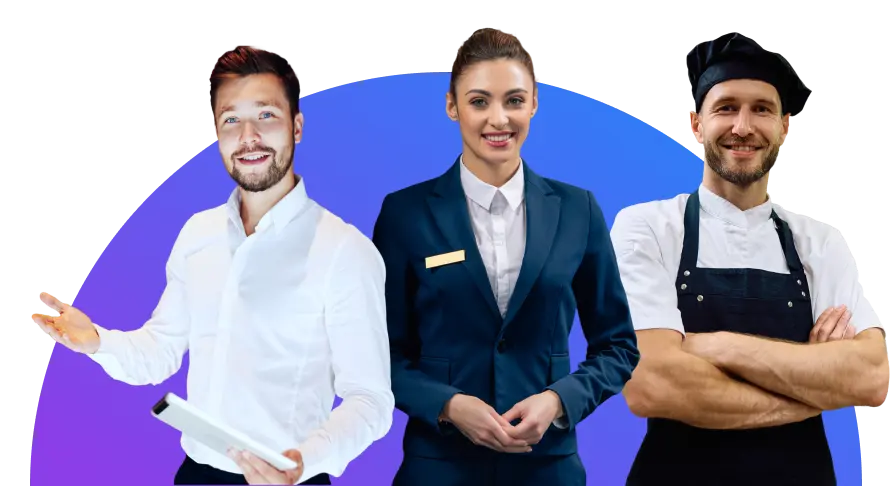
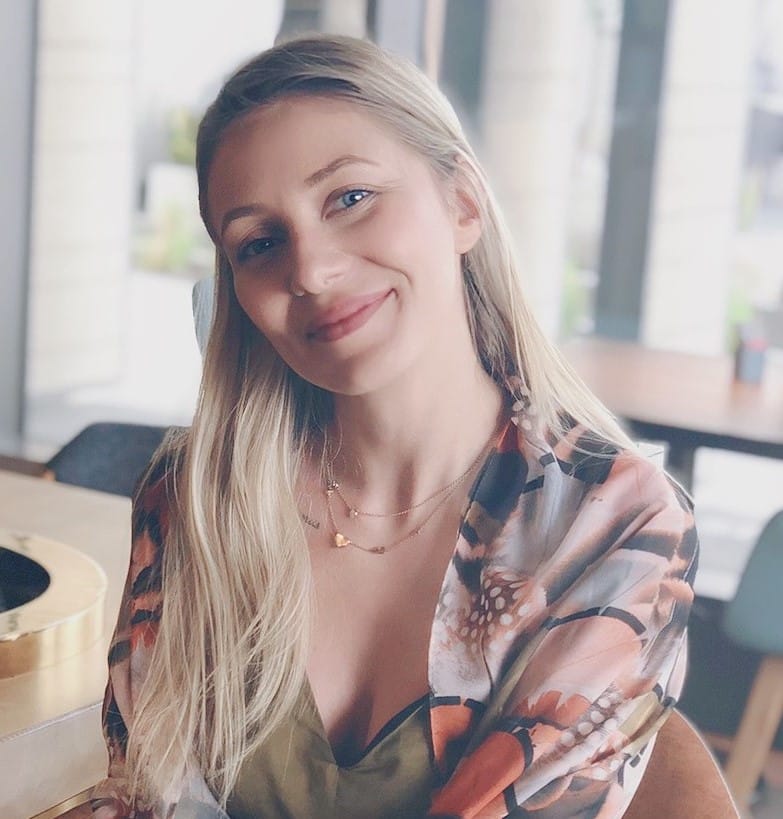






Loading comments...